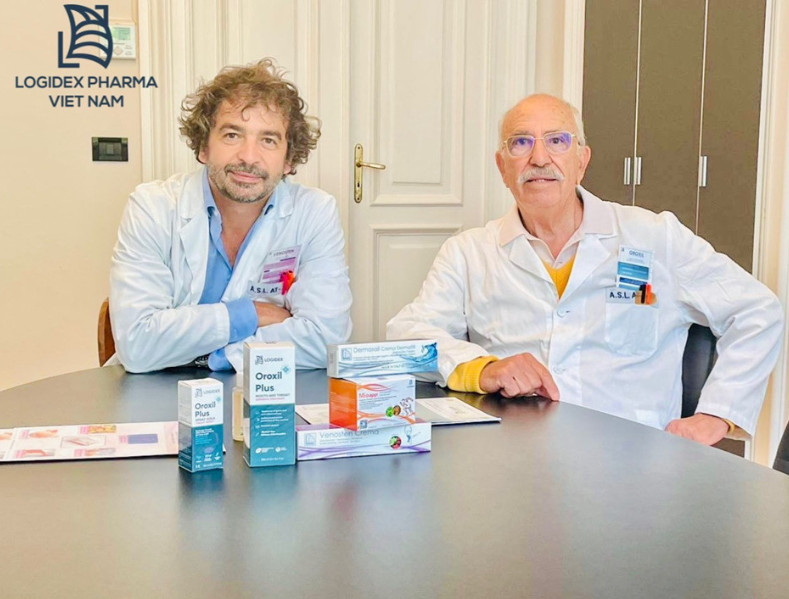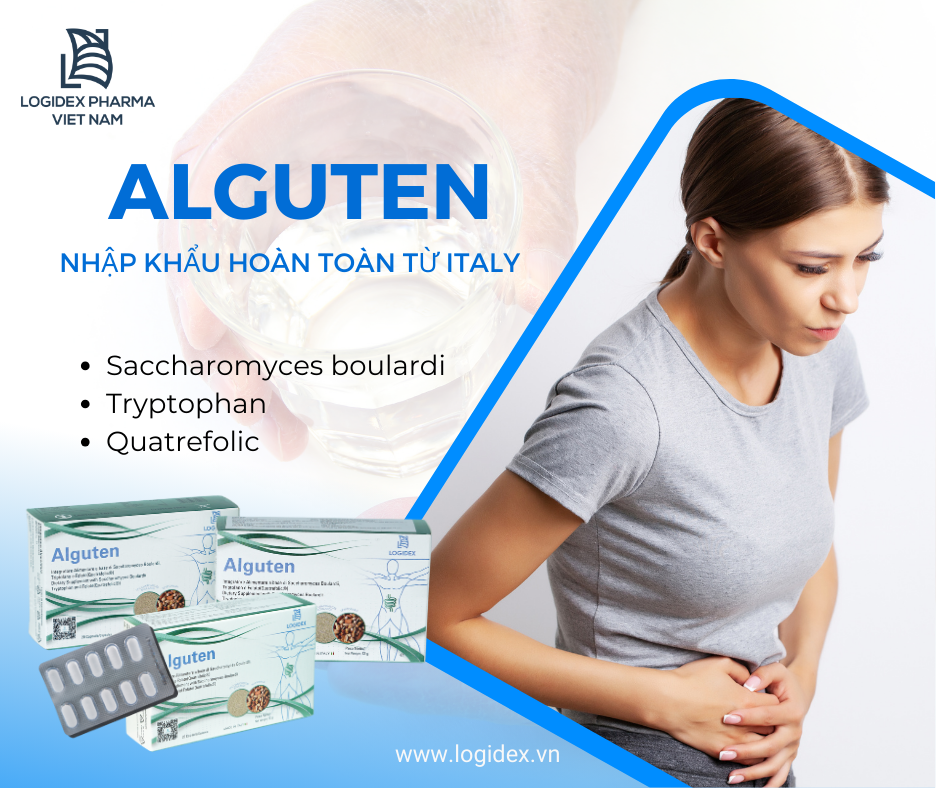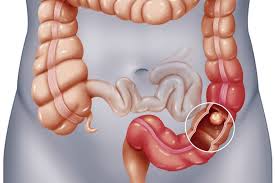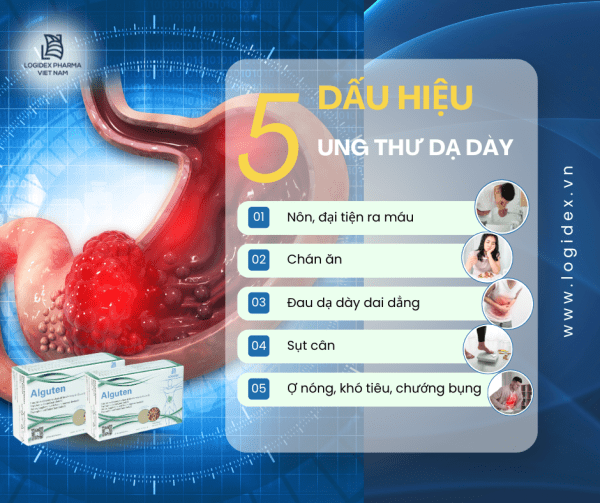10 Most Common Bone and Joint Diseases
Cartilage and subchondral bone are parts that are easily damaged and can lead to common bone and joint diseases. The following article will provide an overview of the symptoms and treatments for 10 common bone and joint diseases so you can understand them better and take early protective measures.

Knee osteoarthritis is one of the most common bone and joint diseases today
Structure of the Musculoskeletal System
The musculoskeletal system is composed of muscles, bones, and joints, performing the function of body movement. Among them, cartilage and subchondral bone are important components that are easily affected, altering their structure and related to bone and joint diseases.
Adults have approximately 206 bones, which are divided into four main types: long bones (e.g., arm bones, forearm bones, thigh bones, etc.), short bones (e.g., ankle bones, wrist bones, vertebrae, etc.), flat bones (e.g., shoulder blades, pelvic bones, skull bones), and irregular bones (e.g., upper jaw bone, temporal bone, bones in the base of the skull). These parts form a complete skeleton supporting the body.
Joints are the points where bones meet to form a skeletal system, and they are classified into three main types: immovable joints (e.g., joints between the parietal and frontal bones, between the parietal and temporal bones, between the mandible and maxilla, etc.), semi-movable joints (e.g., hip joints, pubic joints, joints between vertebrae, etc.), and movable joints (typically found in the limbs).
In this article, we will mainly analyze diseases related to movable joints, as these are the most common in musculoskeletal disorders. The structure of movable joints can vary in different locations but typically includes the following main parts:
- Articular Surface: Includes the ends of bones that come into contact with each other, each end covered by a thin layer of articular cartilage.
- Articular Cartilage: In addition to the articular cartilage, there may also be supplementary cartilage between the ends of the bones.
- Joint Capsule: The part surrounding the joint and the ends of the bones. The joint capsule has two layers: the outer layer is a thick fibrous membrane, and the inner layer is the synovial membrane.
- Synovial Membrane: The membrane on the inner surface of the joint capsule, responsible for secreting synovial fluid to lubricate, nourish the articular cartilage, and remove waste from cartilage cells.
- Synovial Bag: A fluid-filled sac that acts as a shock absorber and helps facilitate easier movement.
- Joint Cavity: A space filled with synovial fluid, surrounding the ends of the bones and articular cartilage, limited by the synovial bag.
- Ligaments: Bundles of fibers connecting the ends of the bones, helping to keep the joint functioning in the correct direction.
- Joint Socket: The part enclosed by the articular surfaces and the joint capsule, containing synovial fluid.
10 Common Bone and Joint Diseases
Here are the most common bone and joint diseases and their general characteristics.
1. Osteoarthritis
Osteoarthritis is a condition where the articular cartilage and subchondral bone are damaged, resulting in inflammatory reactions and decreased quality of synovial fluid. This is a chronic condition and cannot be completely cured, often occurring in older adults (typically after age 40) due to natural aging.
Women are at a higher risk of osteoarthritis than men due to childbirth and hormonal changes during perimenopause and menopause. Proper treatment methods can help slow the progression of the disease.
2. Arthritis
Arthritis is an inflammation, swelling, redness, and pain in one or more joints in the body. Arthritis often results from aging, cartilage wear, infections, injuries, genetics, etc.
Arthritis can occur at any age, but the incidence is higher in older adults. According to the CDC, the incidence is 7.3% for individuals aged 18 to 44; 30.3% for those aged 45 to 64; and 49.3% for those over 65. Additionally, women are more likely to suffer from arthritis than men.
Arthritis is often difficult to cure completely and has a high risk of recurrence, so patients need to be persistent over a long period to manage symptoms effectively.
3. Rheumatoid Arthritis
Rheumatoid arthritis is a chronic autoimmune disease causing inflammatory damage to joints, where the immune system is disrupted and begins attacking the synovial membrane. This condition can affect many joints and other tissues and organs in the body.
In Vietnam, this condition is common among middle-aged women between 30 and 60 years old, accounting for 70-80% of cases. Although the exact cause of rheumatoid arthritis is not fully understood, it is believed to be related to genetic factors.
One characteristic form of rheumatoid arthritis is ankylosing spondylitis, which affects the sacroiliac joints, spine, and lower limb joints and tends to cause joint fusion, accompanied by inflammation of tendon attachment points. Over 90% of people with this condition test positive for the HLA-B27 antigen, a type of antigen that can trigger an autoimmune response and cause inflammation.
4. Herniated Disc
A herniated disc is a condition where the nucleus pulposus of a disc protrudes from its normal position, passing through the ligament and compressing the nerve roots. This condition often results from genetics, degeneration, trauma, incorrect posture, etc.
Herniated discs commonly occur in the cervical and lumbar spine. Symptoms often include dull, persistent pain lasting 1-2 weeks, increasing in frequency and intensity over time; numbness in the neck spreading to the shoulder, arm, or lumbar region spreading to the buttocks and legs.

5. Osteoporosis is a condition characterized by a reduction in bone density and deterioration of bone microarchitecture, increasing the risk of fractures even with minor trauma or stress. Osteoporosis is a common disease among older adults, particularly postmenopausal women, but can also occur in men.
Factors contributing to osteoporosis include a lack of calcium, estrogen deficiency, genetic factors, vitamin D deficiency, and sedentary lifestyle. Preventive measures include maintaining proper nutrition, exercise, and regular health check-ups to detect and manage the disease early.
6. Gout
Gout is a type of arthritis caused by the accumulation of uric acid crystals in the joints, leading to sudden, severe pain and inflammation. This condition is common in middle-aged men and women over 50.
Gout often manifests as acute pain in the big toe joint, causing redness, swelling, and warmth. The disease can progress to affect other joints if not treated effectively. Factors contributing to gout include excessive intake of purine-rich foods, genetic predisposition, and kidney dysfunction.
7. Bursitis
Bursitis is inflammation of the bursae, the small fluid-filled sacs located near joints. This condition can occur due to repetitive stress, injury, or infection. Common symptoms include localized pain, swelling, and tenderness around the affected joint.
Bursitis commonly affects the shoulders, elbows, and hips. Proper treatment often involves rest, anti-inflammatory medications, and physical therapy to reduce inflammation and restore joint function.
8. Tendinitis
Tendinitis is inflammation or irritation of a tendon, typically due to repetitive stress or overuse. Common symptoms include pain, tenderness, and stiffness near the affected tendon. Tendinitis can occur in various locations such as the shoulders, elbows, wrists, and knees.
Treatment often includes rest, ice application, and physical therapy to alleviate symptoms and improve tendon function.
9. Osteomyelitis
Osteomyelitis is a bone infection caused by bacteria, often resulting from an open wound or surgery. Symptoms include severe pain, fever, and swelling in the affected bone.
Treatment typically involves antibiotics and sometimes surgery to remove infected tissue and restore bone health.
10. Paget's Disease of Bone
Paget's disease of bone is a condition characterized by abnormal bone remodeling, leading to weakened and deformed bones. It can affect one or more bones and is more common in older adults. Symptoms may include bone pain, deformities, and an increased risk of fractures.
Treatment typically includes medications to regulate bone remodeling and manage symptoms.
Diagnostic Methods for Bone and Joint Diseases
Diagnosing bone and joint diseases involves various methods to accurately identify the condition and plan appropriate treatment. Common diagnostic methods include:
- Clinical Examination: Includes assessing symptoms, medical history, and physical examination of the affected area.
- X-ray: Provides images of bones and joints to detect fractures, deformities, or joint space narrowing.
- CT Scan: Offers detailed cross-sectional images of bones and soft tissues, helpful in diagnosing complex conditions.
- MRI: Uses magnetic fields and radio waves to create detailed images of soft tissues, including muscles, ligaments, and cartilage.
- Bone Scintigraphy: Uses radioactive tracers to assess bone metabolism and detect abnormalities.
- Blood Tests: Helps identify underlying conditions such as autoimmune diseases or infections.
Treatment Methods for Bone and Joint Diseases
Treatment for bone and joint diseases varies depending on the specific condition and severity. Common treatment methods include:
1. Medications
Medications are often used to alleviate pain, reduce inflammation, and manage symptoms. Common types of medications include:
- Anti-inflammatory Drugs: Help reduce inflammation and pain (e.g., NSAIDs).
- Analgesics: Provide relief from pain (e.g., acetaminophen).
- Bone-Strengthening Medications: Used to treat osteoporosis and other bone diseases (e.g., bisphosphonates).
- Antibiotics: Prescribed for infections (e.g., osteomyelitis).
2. Physical Therapy
Physical therapy involves exercises and treatments designed to improve joint function, reduce pain, and strengthen muscles around the joints. Physical therapy is often recommended for conditions such as arthritis, tendinitis, and post-surgery rehabilitation.
3. Lifestyle Changes
Making lifestyle changes can help manage bone and joint diseases effectively. Recommendations include:
- Maintaining a Healthy Diet: Ensuring adequate intake of nutrients beneficial for bone health, such as calcium and vitamin D.
- Regular Exercise: Engaging in low-impact activities that improve joint flexibility and strength.
- Weight Management: Maintaining a healthy weight to reduce stress on joints.
4. Surgical Intervention
In some cases, surgery may be necessary to correct structural issues, replace damaged joints, or repair severe injuries. Common surgical procedures include joint replacement, arthroscopy, and corrective osteotomies.
5. Joint Injection Therapy
Joint injections can be used to deliver medications directly into the joint space, providing relief from pain and inflammation. Common injections include corticosteroids, hyaluronic acid, and platelet-rich plasma (PRP).
Each treatment method has its own benefits and limitations, so it is essential to consult with a healthcare professional to determine the most appropriate approach based on individual needs and conditions.
By understanding the symptoms and treatments of common bone and joint diseases, you can take proactive measures to protect your musculoskeletal health and seek appropriate care when needed.
 Italiano
Italiano  English
English  Vietnamses
Vietnamses







